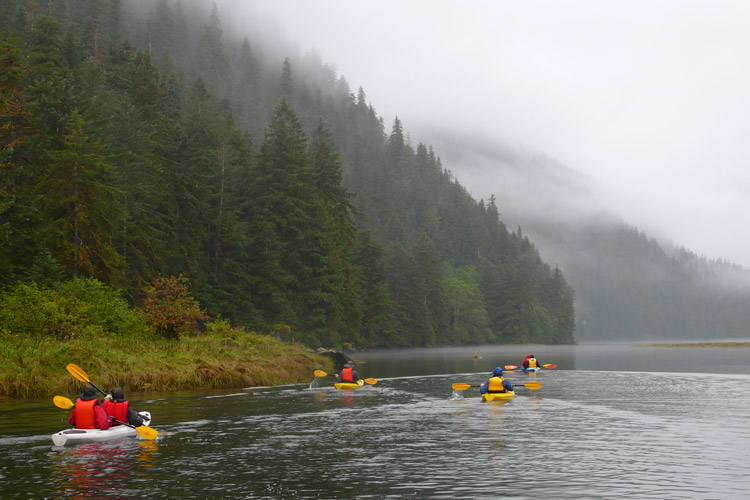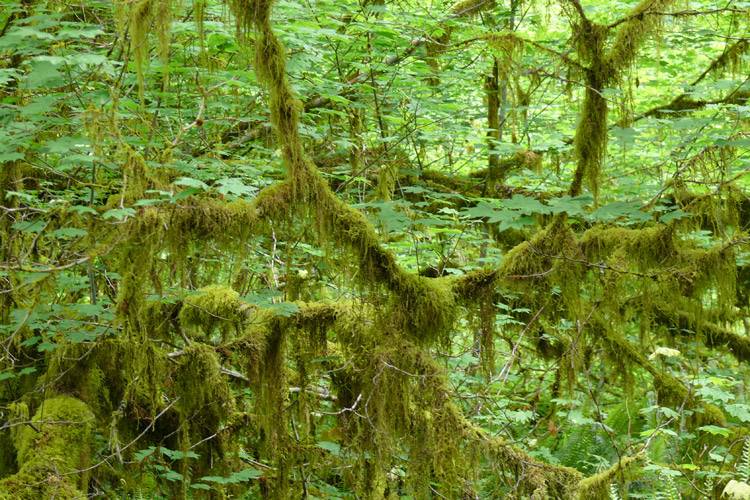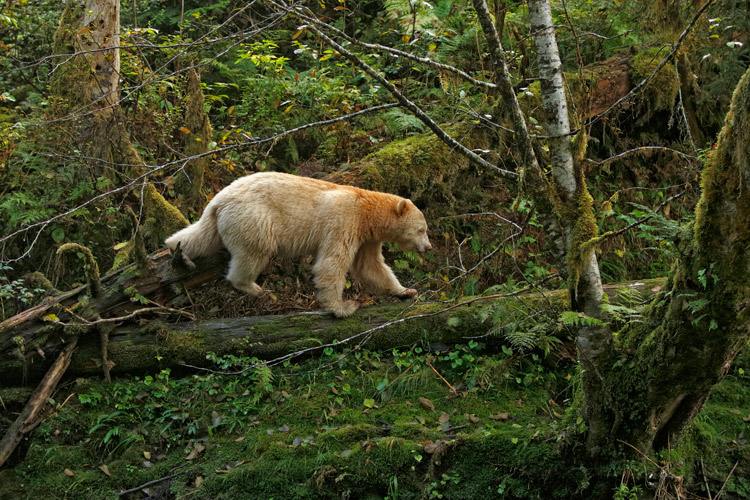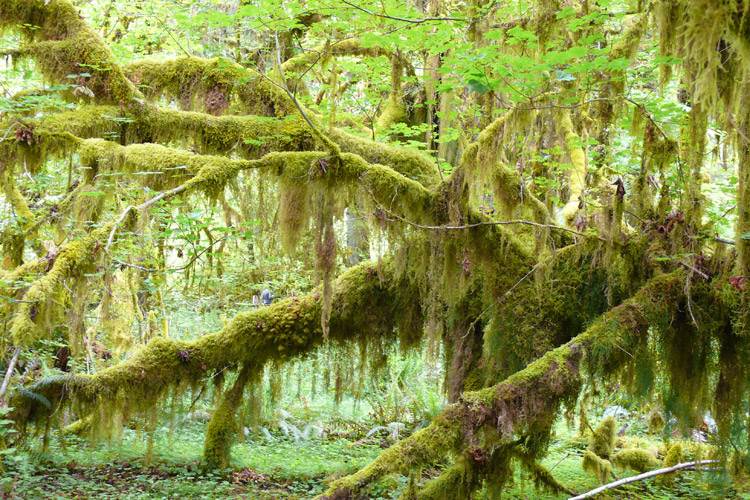Definition of a Rainforest
Posted by Kevin Clement
in Americas and Of Interest
When someone mentions a rainforest, what do you think of? More to the point, where do you think of? The Amazon Basin? The Ecuadorian Andes? The lowlands of Costa Rica?
I’m guessing that Alaska or British Columbia’s Great Bear Rainforest is not the first place that leapt to your mind. Groups that I lead in the coastal areas there are often surprised to hear that they’re walking in a rainforest, in an environment that is decidedly not tropical. To convince them, I have to offer a definition of what a rainforest is…and point out that a hot climate is not part of it.
Actually, there are various ways to define a rainforest, or any type of forest. Foresters, ecologists, and botanists don’t always agree. Also, one type of forest tends to grade into another type that is adjacent to it. But one method that I find useful lists five characteristics that, taken together, distinguish a rainforest from any other.
- The first one you could probably figure out: rain. To qualify as a rainforest, you have to receive at least 100” or 250 mm of precipitation per year. Furthermore, it must fall in every month, and be fairly evenly distributed throughout the year. Even if the total volume of rain exceeds the minimum, if there’s a pronounced dry season, you get a different type of forest.
- Second: evergreen trees. In a rainforest, the predominant tree species don’t shed their leaves all at once. There is never a time of year when the trees are bare.
- Third: the presence of epiphytes. These are simply plants that live on other plants, mainly on big trees. They are not parasites; they rob nothing from their host, except perhaps some light. They are merely using the host the way a vine uses a trellis. But, since they can’t reach the ground with their roots, they have to extract their moisture from the air—so they can only live in a place with a lot of rain.
- Fourth: a rainforest is not controlled by a fire regime. Most forests in the world “expect” to burn periodically, and species that live there are adapted to it. The periodicity is different in different types of forests, but they all burn eventually. Except for rainforests. Rainforests never burn. (For the reason why, see the first characteristic above.)
- Fifth: structural complexity. Rainforests are dominated by big trees, maybe a couple of hundred feet tall. Within that span there are a number of layers, from the high light/high exposure zone at the top to the dim, sheltered environment at ground level. There are trees of all different ages and sizes, and snags in all stages of decomposition. The complexity creates many ecological niches.
All these characteristics apply quite well to tropical rainforests, for sure, but if you think about it, they equally well define the temperate rainforests of the North Pacific coast. There, the evergreens are spruces and hemlocks rather than big-leaved canopy-forming trees, and the epiphytes are mostly big mosses and lichens rather than vines, orchids, and bromeliads. But the high-latitude rainforests pass the test, and are equally as lush and alive as their equatorial counterparts.
One time, standing in that gorgeous green northern forest, I recited this list to the group I was hiking with, by way of convincing them this was really a rainforest around us. Suddenly a guy in the group exclaimed “Reefs!” I had no idea what he was talking about, but it is true that a tropical rainforest has a lot in common biologically with a coral reef. So I began to expound on that topic, but he interrupted me again. “No, REEFS,” he said. “R-E-E-F-S. There’s your mnemonic.”
I hadn’t especially been seeking a mnemonic, but it turned out he had been reading a book on the subject. Mnemonics are those handy little memory aids that feature a rhyme, phrase, or acronym that helps you remember a list that you need from time to time. Here’s the way his mnemonic for my list goes:
R = rain.
E = evergreen trees.
E = epiphytes, the presence of.
F = fire, not controlled by a fire regime.
S = structural complexity.
I thought it was absolutely brilliant, and have used it ever since.
However you define rainforests, though, there is no doubt that they are rich and wonderful places to visit. In my personal opinion, the temperate ones are the most beautiful forests on earth, even surpassing their tropical cousins. Once you’ve visited them, you don’t forget them; nor do you doubt that you’ve been to a rainforest.
If you’re interested in visiting one, and searching out some of North America’s most elusive and impressive wildlife while you’re there, check out our Canada Spirit Bears Tour to British Columbia’s Great Bear Rainforest.




